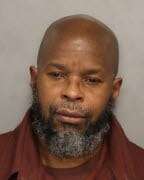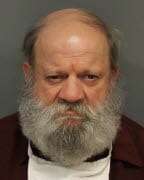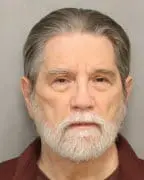Ralph Stokes Pennsylvania Death Row
Ralph Stokes was sentenced to death by the State of Pennsylvania for a series of murders that took place during an armed robbery. According to court documents Ralph Stokes and Donald Jackson would rob a restaurant and in the process murder three people. Ralph Stokes was arrested, convicted and sentenced to death. Ralph Stokes has … Read more








